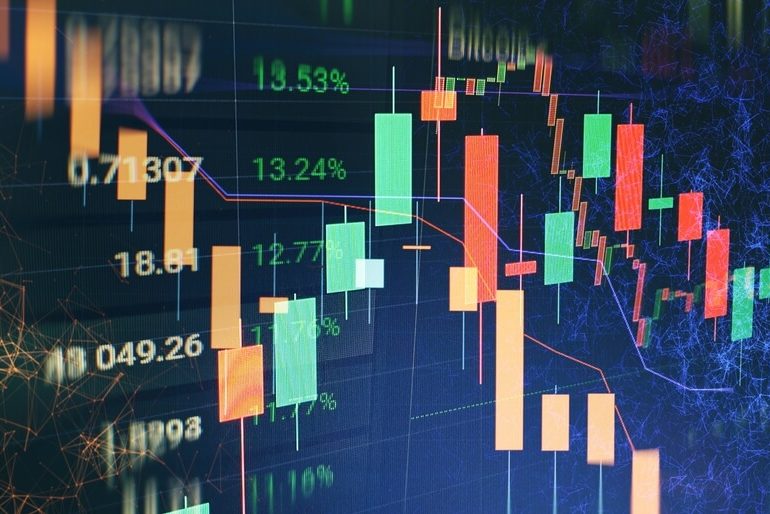Monetary policy stances are often described using the terms hawkish and dovish, especially when central banks like the Federal Reserve, European Central Bank, or Bank of Japan set interest rates or signal future economic policy. These terms reflect the tone and direction of policy decisions, with significant implications for currency markets, equities, bonds, and commodities.
Understanding how hawkish and dovish signals influence asset prices is crucial for traders, investors, and anyone participating in global financial markets.
What Does Hawkish Mean?
A hawkish stance means a central bank is focused on controlling inflation and is likely to raise interest rates or tighten monetary policy. This usually indicates that the economy is strong enough to handle higher borrowing costs without slowing down too much.
A hawkish policy often includes actions like increasing interest rates, scaling back programs that inject money into the economy, and signaling a shift away from supportive measures. The central bank emphasizes the need to keep inflation in check and prevent the economy from overheating.

Impact on Forex and Other Assets
Forex Market
A hawkish policy typically strengthens a country’s currency because higher interest rates attract foreign investors looking for better returns. This increased demand boosts the value of the currency. For example, when the U.S. Federal Reserve takes a hawkish stance, the U.S. dollar often appreciates against other major currencies.
During such periods, the dollar tends to rise in value compared to the euro, the Japanese yen, the British pound, and many emerging market currencies. At the same time, safe-haven currencies like the Japanese yen may weaken as investors shift their focus toward higher-yielding assets in countries with tighter monetary policies.
Bond Markets
Higher interest rates cause bond yields to rise and bond prices to fall. Investors demand higher returns on new bonds to compensate for the increased rates, which can lower the value of existing bonds. Hawkish signals often lead to bond sell-offs.
Equities
Hawkish policies can weigh on stock markets because rising interest rates increase borrowing costs for companies and may slow economic growth. However, some sectors like financials (including banks and insurers) might benefit from higher rates due to improved profit margins on loans.
Commodities
Commodities priced in U.S. dollars, such as gold and oil, often decline during hawkish periods. This happens because a stronger dollar makes these goods more expensive for holders of other currencies. Gold, being a non-yielding asset, typically suffers when interest rates rise.

What Does Dovish Mean?
A dovish policy is characterized by actions aimed at stimulating economic growth, often at the expense of tighter inflation control. This approach usually involves cutting interest rates or signaling that rate cuts may be coming.
Central banks may also increase quantitative easing or expand their balance sheets to inject more money into the economy. The focus is generally on supporting job creation and overall economic growth rather than being overly concerned with rising inflation. A dovish stance often reflects a cautious, wait-and-see attitude toward tightening monetary policy.
Impact on Forex and Other Assets
Forex Market
A dovish policy tends to weaken a country’s currency because lower interest rates make investments in that currency less attractive, reducing foreign demand and often leading to depreciation.
For instance, when the Federal Reserve adopts a dovish stance, the U.S. dollar typically loses value, which can strengthen other currencies such as the euro and the British pound. Additionally, emerging market currencies may benefit as dovish policies in developed economies can ease global interest rate pressures, making riskier assets more appealing to investors.
Bond Markets
Lower interest rates cause bond yields to fall and bond prices to rise. Dovish policies encourage bond buying as investors seek yield and safety, pushing bond prices higher.

Equities
Stock markets generally rally during dovish periods. Lower borrowing costs improve corporate profits and support economic growth. Growth sectors, particularly technology and consumer discretionary, tend to perform well under these conditions.
Commodities
Commodities often rise during dovish periods due to a weaker dollar and expectations of higher economic growth and inflation. Gold, in particular, benefits as a hedge against inflation and low real interest rates.
How Hawkish and Dovish Signals Affect Market Sentiment and Risk Appetite
Central bank communication around hawkishness or dovishness strongly influences investor sentiment and risk appetite:
- Hawkish signals. Can trigger risk-off sentiment, causing investors to reduce exposure to riskier assets such as equities, emerging market currencies, and high-yield bonds. Safe-haven assets like the USD, Swiss franc (CHF), and sometimes the Japanese yen (JPY) may strengthen.
- Dovish signals. Tend to encourage risk-on behavior, with increased demand for stocks, emerging market assets, and higher-yielding currencies. Investors often move away from safe havens toward growth-oriented and riskier investments.
Impact of Hawkish and Dovish Fed Policies: Timeline Overview
2013 – Taper Tantrum (Hawkish Signal)
The Fed announced it would begin tapering its quantitative easing program. This hawkish signal led to a sharp rise in U.S. bond yields and a stronger U.S. dollar. Emerging market currencies and equities faced volatility and sell-offs as investors pulled capital from riskier assets.
2015-2016 – Fed Pause (Dovish Stance)
After modest rate hikes in 2015, the Fed paused further increases in 2016 due to global growth concerns. This dovish pause caused the U.S. dollar to weaken slightly. Commodities like oil and gold recovered from previous lows, while emerging market currencies stabilized.

2018 – Fed Rate Hikes (Hawkish)
The Fed raised interest rates multiple times, strengthening the U.S. dollar significantly. Emerging market currencies such as the Turkish lira and Argentine peso weakened sharply, and global equities, particularly in emerging markets, came under pressure due to increased borrowing costs and capital outflows.
2020-2021 – Pandemic Response (Dovish)
In response to the COVID-19 crisis, central banks cut rates to near zero and launched massive QE programs. The U.S. dollar initially weakened, equity markets surged, and commodity prices, especially gold and industrial metals, rose sharply. Gold reached record highs as a safe haven, while stock markets like the S&P 500 rallied on low borrowing costs and fiscal stimulus.
The distinction between hawkish and dovish monetary policies is a cornerstone of financial market analysis, particularly in Forex. Hawkish policies generally strengthen currencies, push bond yields higher, and can weigh on equities and commodities. Conversely, dovish policies typically weaken currencies, lower bond yields, and stimulate equities and commodity prices.
Traders and investors should closely monitor central bank statements, economic data, and rate outlooks to anticipate shifts in policy stance. Understanding the hawkish versus dovish dynamic helps market participants position themselves advantageously across currencies, bonds, stocks, and commodities, a critical skill in the ever-evolving global financial landscape.





